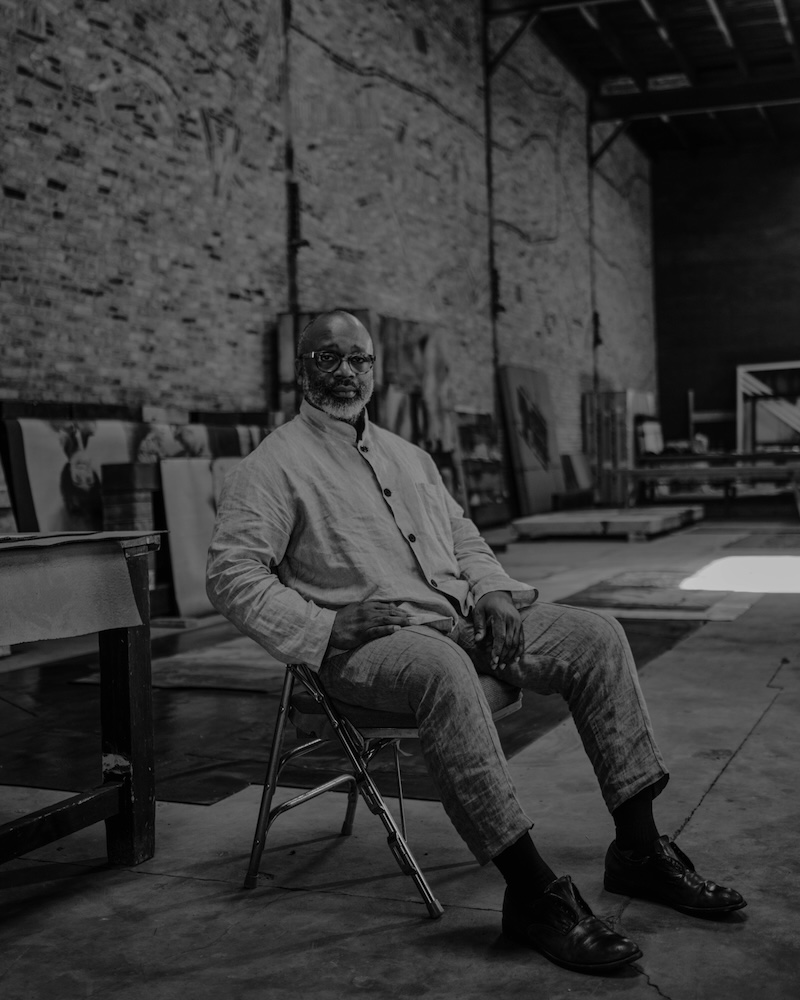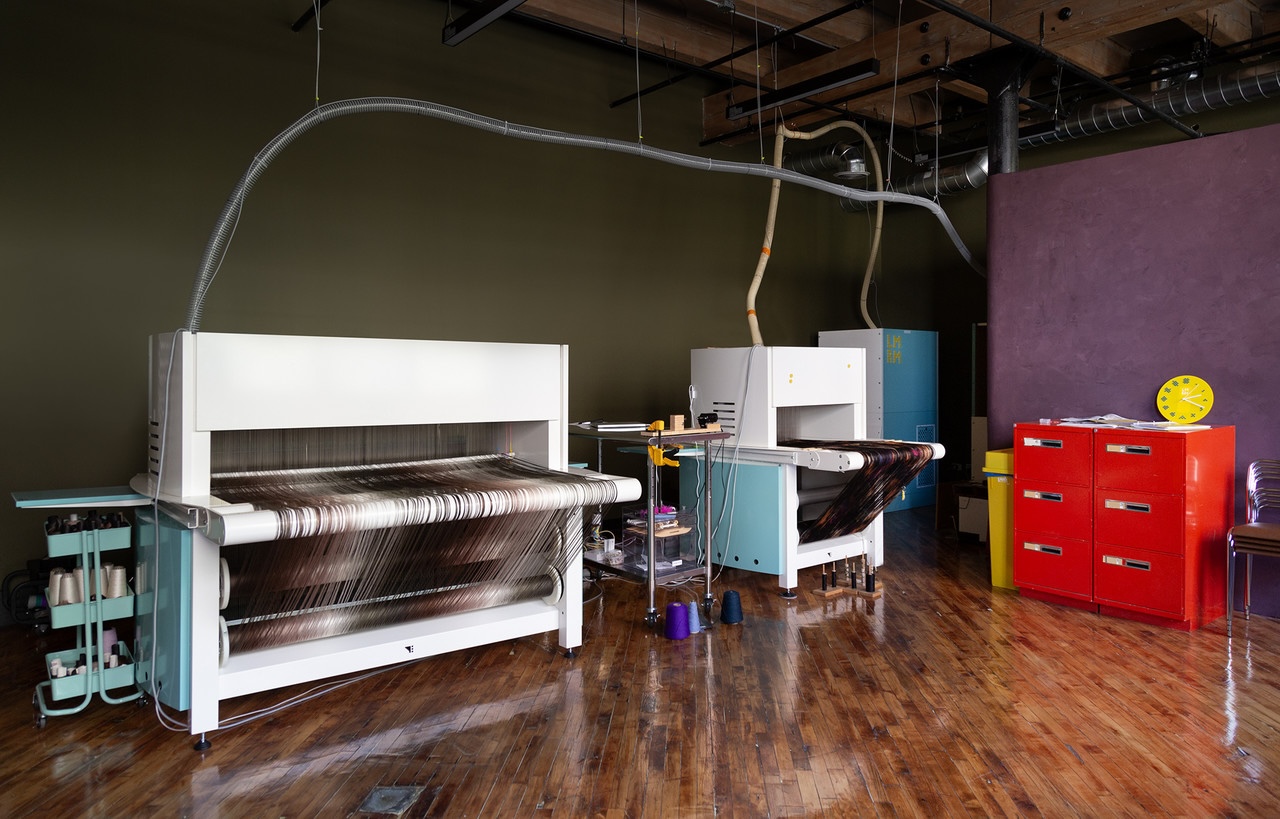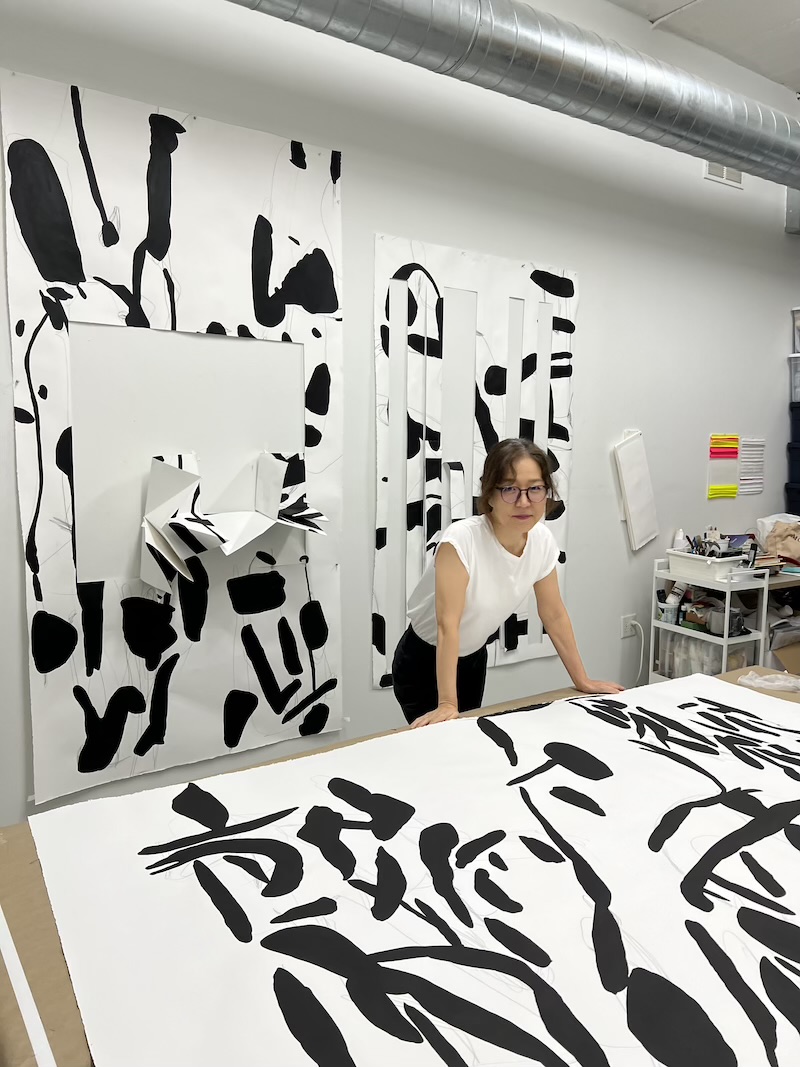Chicago Art Dealer and Pioneer Richard Gray Has Died at 89

By GINNY VAN ALYEA
Richard Gray has died at age 89. He passed away yesterday at home in Chicago.
Gray founded The Richard Gray Gallery on November 4, 1963, at 155 E. Ontario. Today the gallery, which includes a location in the John Hancock Center downtown and a West Side Warehouse venue, as well as a Madison Avenue space in New York, will continue under the leadership of Gray's son Paul, and partners Andrew Fabricant and Valerie Carberry.
As of 2012 the gallery’s sales were just under $100 million, and clients included more than 10 percent of the Forbes 400 list, including nine members from the Chicago area, as well as collectors and museum curators from Europe, Asia, the Middle East and South America.
The gallery started out modestly in the early 1960s. With a young family at home at the time, Gray had been looking for a new career after working for his father's construction business for several years. Gray's wife Mary Kay Lackritz grew up in a family of art collectors, and Gray, who was trained as an architect, was inspired to follow his own passion for art and open a gallery that would allow him to make a personal passion into a profession.
Eventually the gallery occupied 620 N. Michigan Ave. for nearly 30 years, before moving in 1995 to the 25th floor of 875 N. Michigan in the John Hancock Center, and today the 38th floor. Gray Warehouse opened in April 2017 at 2044 W. Carroll in the Kinzie Industrial Corridor in West Town.
According to Natalie van Straaten, founding publisher of Chicago Gallery News and former Executive Director of the Chicago Art Dealers Association (CADA), "Richard Gray was not only recognized and respected in the international art world, but he also helped transform the Chicago art gallery world with vision, guidance and generosity. He was a mentor and model of integrity for other dealers; his encouragement of establishing the CADA, as well as the first international art exposition in Chicag, helped put our city on the map. His gallery’s exhibitions of extraordinary artists brought greatness to the city (including Jaume Plensa to the Crown Fountain) and his philanthropy went well beyond the visual arts and the cultural life of Chicago."
Gray helped found the CADA in 1967 and was one of its early presidents (1967–1975). He was elected president of the Art Dealers Association of America (ADAA) in 1998, notably the first dealer based outside of New York to hold the position. He served on the board of the Art Institute of Chicago, where an extensive collection of prints and drawings collected by Gray and his wife Mary are shown. He was also a passionate supporter of the Chicago Symphony Orchestr, The Chicago Humanities Festival, and the Smart Museum of Art at the University of Chicago. A center for artistic and scholarly collaboration, the Richard and Mary L. Gray Center for Arts and Inquiry, opened on the campus of the University of Chicago in 2013.
In a 2013 interview with CGN Gray recalled, “Maybe because of my architecture background, I had a particular interest in draftsmanship, prints and drawings. When I opened the gallery, I had the idea that I’d be handling that kind of thing, and that’s what happened. I started out by representing established and emerging artists primarily working on paper.”
Gray's reach continued to expand, and he went on to sell art in a range of mediums by such well known artists as Jules Olitski, Morris Louis, Louise Nevelson, Hans Hofmann, Fernand Léger and Jim Dine. The gallery roster continued to grow over the decades to feature David Hockney, Josef Albers, Joseph Cornell, Richard Diebenkorn, Willem de Kooning, Philip Guston, Roy Lichtenstein, Agnes Martin, Henry Moore, Robert Motherwell, Pablo Picasso, Jackson Pollock, Mark Rothko, David Smith, Cy Twombly and Andy Warhol, among many others. Gray also significantly represented aboriginal and African art.
“My standards were about trusting my own eye, my own sense of aesthetics,” Gray recalled. “It wasn’t the particular style or period that interested me; it was the individual work of art.”
“They were the best gallery in Chicago, as far as I was concerned,” said artist Jim Dine in 2013, still one of the Grays’ most-shown artists. “Richard has a tremendous eye and a great world view, and he was really the only truly international gallery in Chicago for a long time. I was very pleased to be there.”
van Straaten said, "[Richard] will be missed, but what a great legacy he left for Chicago."
To read CGN's 2013 interview with Paul Gray on the occasion of the gallery's 50th anniversary, click here.
Editor's Picks
Related:






